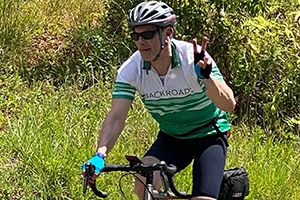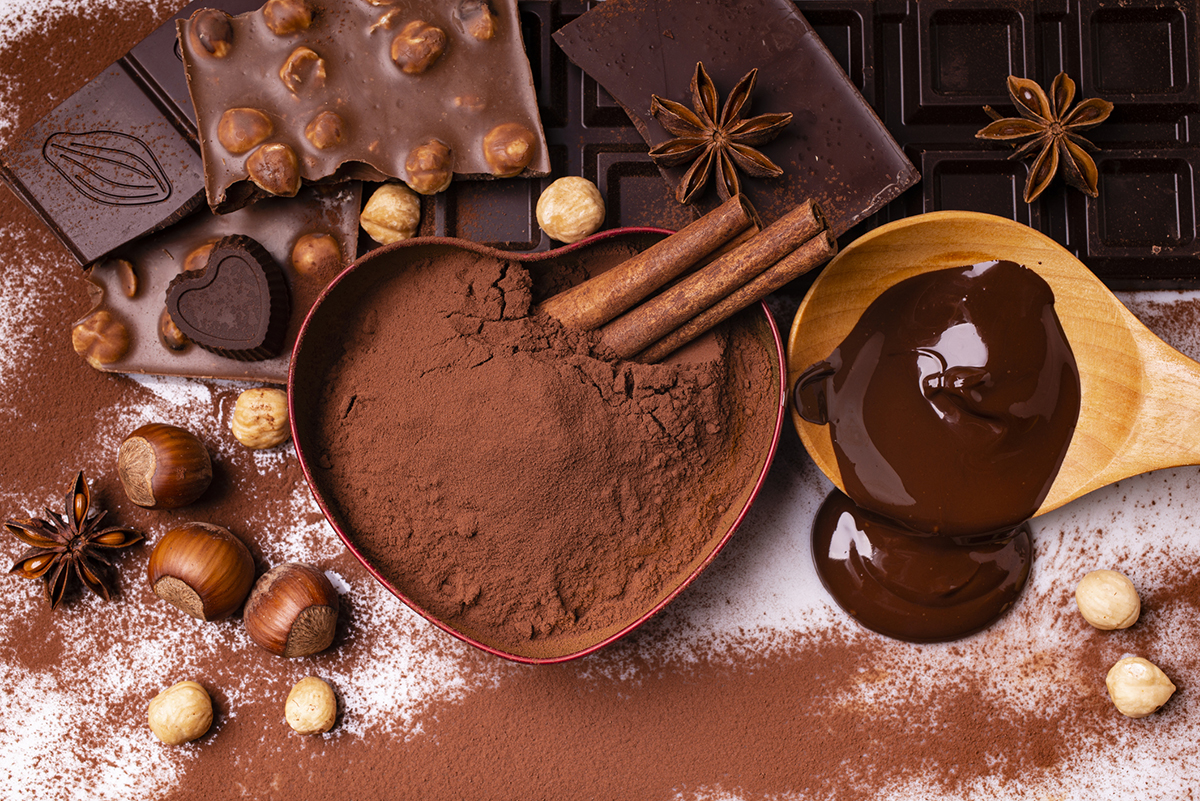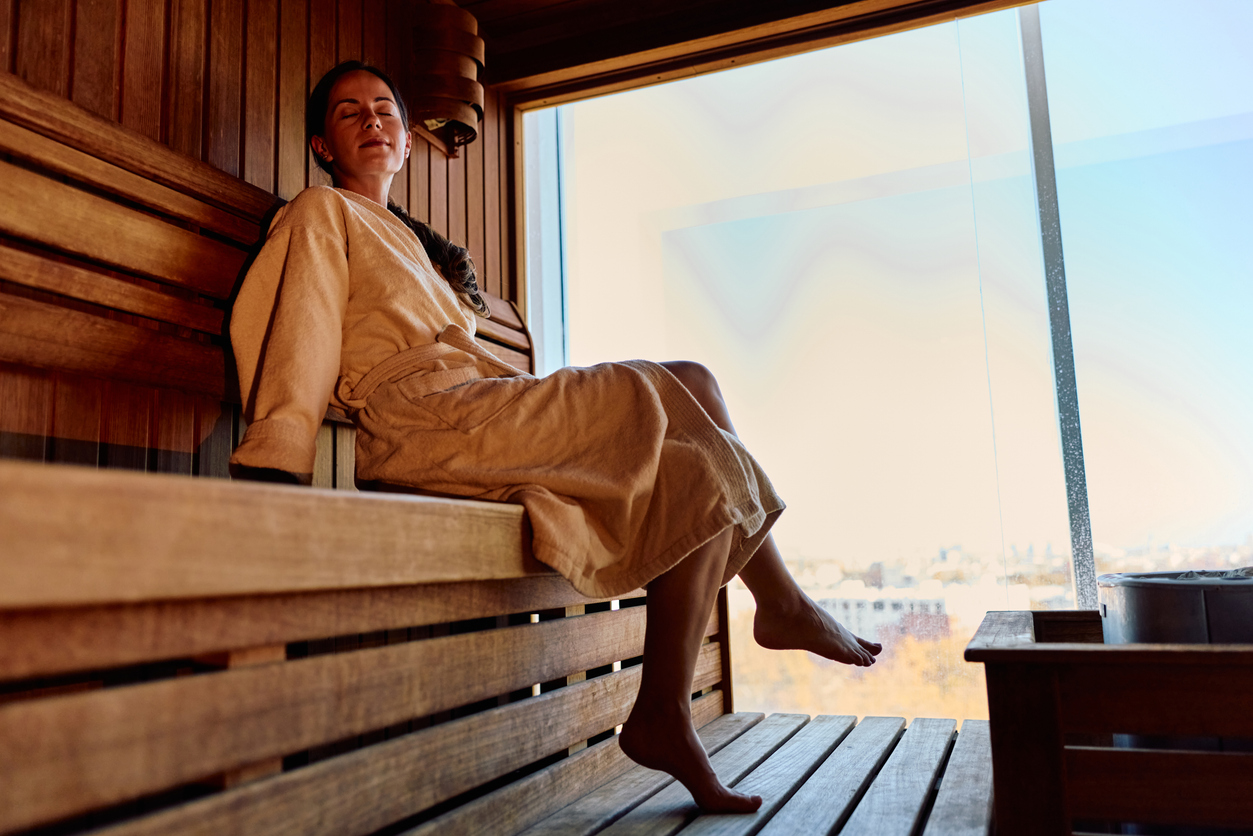Every winter, when the roads become impassable up north, I schedule a bike trip to warmer climes. I’ve been to Arizona, Death Valley, and Florida.
This year, I booked a trip to central Florida. I figured: Short flight, flat terrain, plenty of sun. But then the tour company e-mailed me that not enough people had signed up and they’d refund my deposit.
What to do? I’d already blocked out a week in February, and there were no more bike trips to familiar locales. The only one left was to . . . Costa Rica!
I took the plunge, booking with Backroads. I was a little apprehensive because the courses looked challenging, not so much long, around 17-30 miles/day but with steep climbs of around 1500-2500+ feet/day. With cold wet conditions prevailing here, I trained indoors in spin classes and on the stationary bike at the Y.
When I got there, and met the group—13 in total—I was reassured that there was ample gray hair. Cyclists ranged in age from 50s to early 70s, mostly active couples, except for a 23-year-old who was with her mom. But appearances were deceiving. Among the riders were dedicated lifelong cyclists, masters triathletes, and even one former ultra-marathoner. When they donned shorts, their well-developed thighs and calves evinced real cycling mojo.
In sum, the type of kindred-spirit aging strivers I love to hang with!
We had the choice of road bikes or e-bikes, most opting as I did for no mechanical assist. That was a decision that prompted temporary regret on my part when e-bike equipped riders breezed past me while I laboriously climbed hills in 85+ degree heat and drenching humidity.
Nevertheless, the exhilaration outweighed the “suck” as we rolled through verdant landscapes, little villages and farms, and serpentine coast roads with volcanoes looming in the background.
Backroads provided support vans that met us at designated stops for refreshments: Chilled coconut water, fruit smoothies, fresh-pressed sugar cane juice, and even a cold glass of chocolate milk at a cocoa plantation we toured.
I was pleased with my resilience—the rides were just challenging enough to push my limits without inflicting grievous bodily harm. A few summers of riding the hills in New Jersey had prepared me well.
The highlight of the trip was day five after four consecutive days of riding, when we visited a nature preserve run by the Biosur Foundation. We were shepherded along the trail by two naturalist guides who took us deep into the forest. It was teeming with wildlife—insects, colorful birds, tree sloths, coatis, monkeys, brightly-hued frogs and lizards. We even spotted claw marks of a jaguar on a tree. There are crocodiles, too—we barefooted across some streams, but fortunately didn’t encounter any!
Deep in the forest, we encountered enormous trees, their trunks as wide as semi-trailers, reaching hundreds of feet high, whose estimated ages were three to five hundred years.
I was impressed with the dedication and professionalism of the guides. For them, it was a matter of pride that they were safeguarding the unique natural resources of Costa Rica. The national motto is “Pura Vida”—pure life. This sums up the Costa Rican ethos that has prioritized environmental preservation over rampant development.
We were told that the rainforest conceals, in addition to vast troves of precious tropical woods like teak and rosewood, enormous reserves of gold.
But harvesting these assets would produce irreversible environmental devastation and pollution. Instead, Costa Rica’s government has wisely opted to regulate commerce to preserve biodiversity and encourage eco-tourism. The rainforest is one of the planet’s few remaining untouched refuges for thousands of rare, endangered species, as well as a vast sink for water vapor and CO2 sequestration.
There’s also the treasure of the forest’s medicinal secrets. Bee honey from certain Costa Rican species is renowned for its healing properties. It’s thought that the substances it contains have potent antibacterial, antioxidant, and even anti-Alzheimer’s properties. The fur of the tree sloth supports a unique microbiome that yields potent antibiotics. Medicine hunters flock to Costa Rica in search of promising drug-candidate compounds.
I wasn’t going to do it, but somehow the mother-daughter team cajoled me into opting for the final activity of the trip—zip-lining through the trees! A couple of locals picked us up and drove us for 45 minutes across jolting terrain, fording shallow streams, wending deep into the forest. We were the only three clients arriving at a remote zip-lining outpost.
After obliviously signing a waiver, we were fitted with harnesses and mounted a platform from which a thick metal cable was suspended. This was the first of seven stations that crisscrossed the thick forest. The ground 30-80 feet below, carpeted with greenery; the treetops shielding us high above. We were literally zooming amidst the canopy for 30-60 seconds at a time.
After a few slight flubs (turning sideways, braking too much) I got the hang of it and gave in to the exhilaration. At one point, a curious spider monkey got close and, mimicking us, performed Tarzan moves on the cables.
The best news: Although I brought along bug spray, I was mercifully spared bites; I’m usually a mosquito magnet. That’s especially fortuitous since I’ve seen some cases of Dengue fever acquired by tourists returning from Costa Rica.
A few words about the health of Costa Ricans: Despite devoting a tiny fraction of the amount we spend per capita on health care, their average lifespans—well above 80—exceed ours, second only to Canada among countries in the Western Hemisphere.
Chalk it up to lower rates of obesity, more physical work (although villagers eyed us Norteamericanos bemusedly as we pedaled frenetically past them on a hot lazy Sunday afternoon), social cohesion, slower pace, and simpler diets.
In fact, Costa Rica is home to one of the world’s Blue Zones—a region where centenarians abound. In the Nicoya Peninsula, “Men over the age of 60 are seven times more likely to reach the 100-year mark than the global average.”
The food was great, but by no means low-carb. We even had a cooking demonstration by an American expat who, curiously, was originally from my hometown of Santa Monica, California.
There was ample animal protein—beef, chicken, fish, pork, eggs—but mostly as an accompaniment to ubiquitous rice, beans, plantains, cooked vegetables and delicious tropical fruits. The water, unlike some third-world destinations, was fine to drink, and no one got sick; my carry-on travel bottle of Pepto-Bismol remained mercifully unopened.
A country of only five million people, I think I saw more people on a single busy street corner here in New York City (population 8.8 million) than I encountered on my whole trip to Costa Rica!







